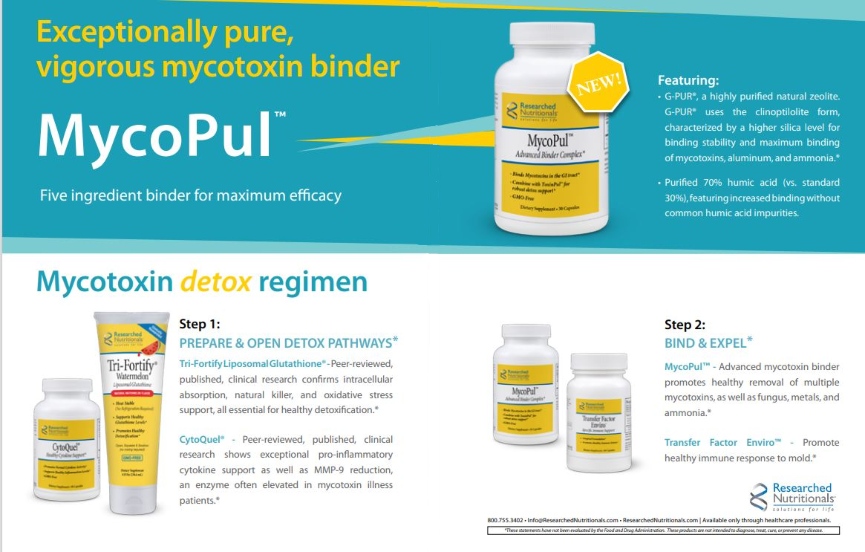By Alan B. McDaniel, MD
Introduction
This article reviews the functions of thyroid hormone and how to diagnose and treat its deficiency. Because the physiology of thyroid hormones is complex, featuring the processing of a pre-hormone to the active form—or its conversion to inactive and even inhibitory forms—good treatment of hypothyroidism is not as simple as many practitioners have been led to believe.
Important evidence is offered to help those who treat hypothyroidism achieve better success for their patients. Readers who in this article may recognize their own needs can show it to receptive providers. Four points are of paramount importance:
- Thyroid hormone doses must be divided at least every 12 hours—even levothyroxine.
- Therapeutic blood levels should be tested according to peak/trough fluctuations and mid-way between doses works best.
- The ratio of totalT3 (tT3) to reverseT3 (RT3) is the best indicator of actual thyroid hormone function in the body.
- Many patients will need to take T3 along with T4 for their best clinical results.
What Is Hypothyroidism?
Hypothyroidism is best defined as “the clinical consequences of inadequate thyroid hormone in the body.”1 The lack of thyroid hormone is the world’s most common endocrine disorder (unless you count menopause). It is estimated that about 5% of people in the US are hypothyroid2,3 which may be conservative.4 The disorder is four-times-more common among women than men and its prevalence significantly increases with age.5
Thyroid hormone metaphorically sets the thermostat for the metabolism – the process by which we make and use energy.6 The receptor for this most-important effect of thyroid hormone is located within the cell nucleus. When active thyroid hormone (T3) binds to this receptor, the resulting protein-complex is a transcription factor—it activates the “reading” of the cell’s genetic code.
Sections of DNA that encode thyroid hormone-sensitive programs are marked by “thyroid response elements,” to which the thyroid transcription factor joins. Here, the transcription factor “unzips” the DNA to make messenger RNA.7 This activates all genetic programs that up-regulate the activity of cells and their metabolism. Conversely, the DNA programs that reduce cellular activity are inhibited.8 Low thyroid is truly a serious condition.
The symptoms of thyroid insufficiency come from low metabolism and depressed cellular activity. The British National Health Service lists many of them (but not all): Tiredness; being sensitive to cold; weight gain; depression; slow thoughts and movement; memory problems; constipation; muscle aches, cramps, and weakness; dry and scaly skin; brittle hair and nails; loss of libido; irregular or heavy periods, and carpal tunnel syndrome (pain, numbness and tingling in the hand and fingers).9 Late symptoms can include low-pitched, hoarse voice; puffy face; loss of eyebrows; slow pulse; hearing loss, and anemia. Other useful and longer lists are available.10
Physiology 101: The Production of Thyroid Hormones
It is easier to fix something when you know how it works. So, before getting into the causes of thyroid insufficiency, let’s review some basic facts—I promise that they are all relevant.
The production of thyroid hormones, their storage (a 100-day’s supply11) within, and release from the thyroid gland into the bloodstream are regulated by the brain (hypothalamus) and the pituitary gland. Responding to the hypothalamus, the pituitary makes the appropriately named thyroid stimulating hormone (TSH or thyrotropin).12 TSH released from the pituitary travels in the blood to the thyroid gland. There, it connects to receptors on cell membrane surfaces to stimulate all thyroid cell functions, including their proliferation, growth, and maintenance (trophic function). Without TSH, the thyroid gland cannot make hormone, and it shrinks (atrophy = “no trophic”).
Thyroid hormones are made from the amino acid L-tyrosine and iodine. These are assembled by enzymes, which require also selenium and iron (at least).13 Glutathione quenches their damaging oxidative by-products.14 Thyroid hormones don’t dissolve well in water, so after their release from the thyroid gland, >99% are bound to and carried in the bloodstream by various proteins.15
Thyroid hormones exert some “non-genomic” effects at receptors on cell surfaces, ion pumps and more16; but the main event involves the entry of free (unbound) hormones into cells via transport proteins. After running a gauntlet of transformative enzymes,17 activated thyroid hormone enters the cell nucleus to unite with its nuclear receptor and exert its “genomic effect” on the DNA.
In the hypothalamus, circulating thyroid hormone regulates its own production by negative feedback. It blocks the DNA sequence coding thyrotropin-releasing hormone (TRH)—the little protein that stimulates the pituitary to make TSH. With less TSH, less thyroid hormone is made. Conversely, low thyroid hormone allows TRH to rise, so that more TSH and thyroid hormone may be made.18 Many clinicians consider a TSH value the most reliable indicator of low or high thyroid function—though it is not.
Pathology 101: Thyroid Gland Insufficiency
In the Victorian age, the function of the thyroid gland was not appreciated until Kocher had honed his surgical skills sufficiently to remove huge goiters …and discovered that this made patients even worse, causing “acquired Cretinism.”19 For the next hundred years, clinicians remained focused on the gland itself as the cause of hypothyroidism. In the 21st century, we also examine the processing and intrinsic effects of the four variations of thyroid hormone: T4, T3, RT3 and T2.20
Hypothyroidism is a common problem. Every practitioner who is so inclined will have opportunities to treat it. Evidence for this is seen in the lists of most-prescribed drugs in the US: Thyroid hormone has been among the top four for decades, recently along with opioids, statin drugs, and ACE-inhibitors.21-23
Causes of Hypothyroidism
The most common cause of hypothyroidism in the “West” is autoimmune (formerly “lymphocytic”) thyroiditis (AIT).24 The body’s immune system attacks and destroys its own thyroid gland as though it were rejecting a mismatched transplanted organ. Indeed, this is the most common autoimmune disorder in the US: NHANES III found 13% of people have circulating anti-thyroid antibodies.25 At the end of life, autopsy reveals lymphocytic thyroiditis is found in up to 50% of women and 20% of men.26
…article continued:
Surgical and radio-iodine131 post-ablative hypothyroidism are the next most frequent in the US, from treatment for Graves’, cancer, or goiter.27 Congenital hypothyroidism is a newborn-nursery diagnosis, found once in about 3,500 live births.28







